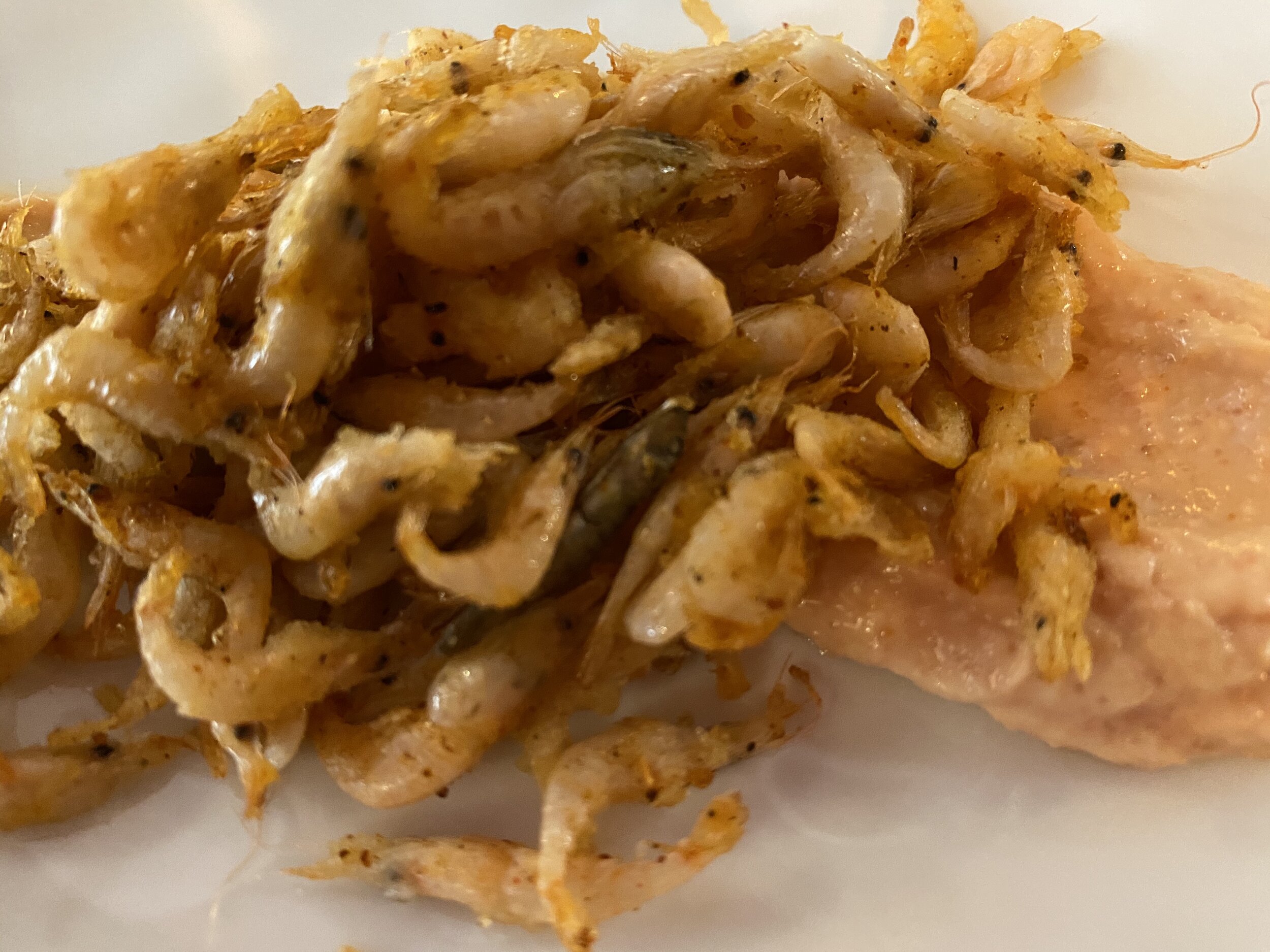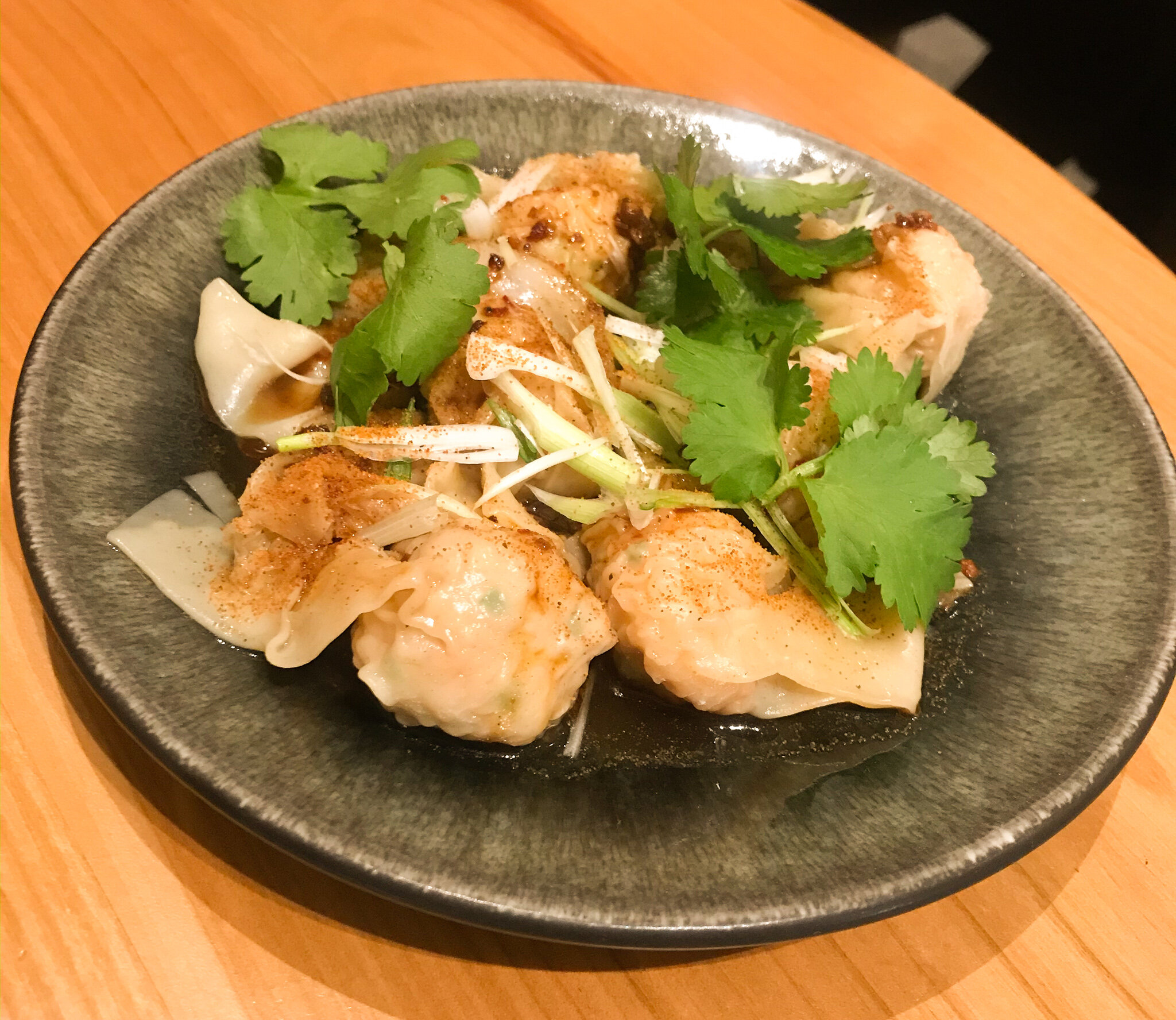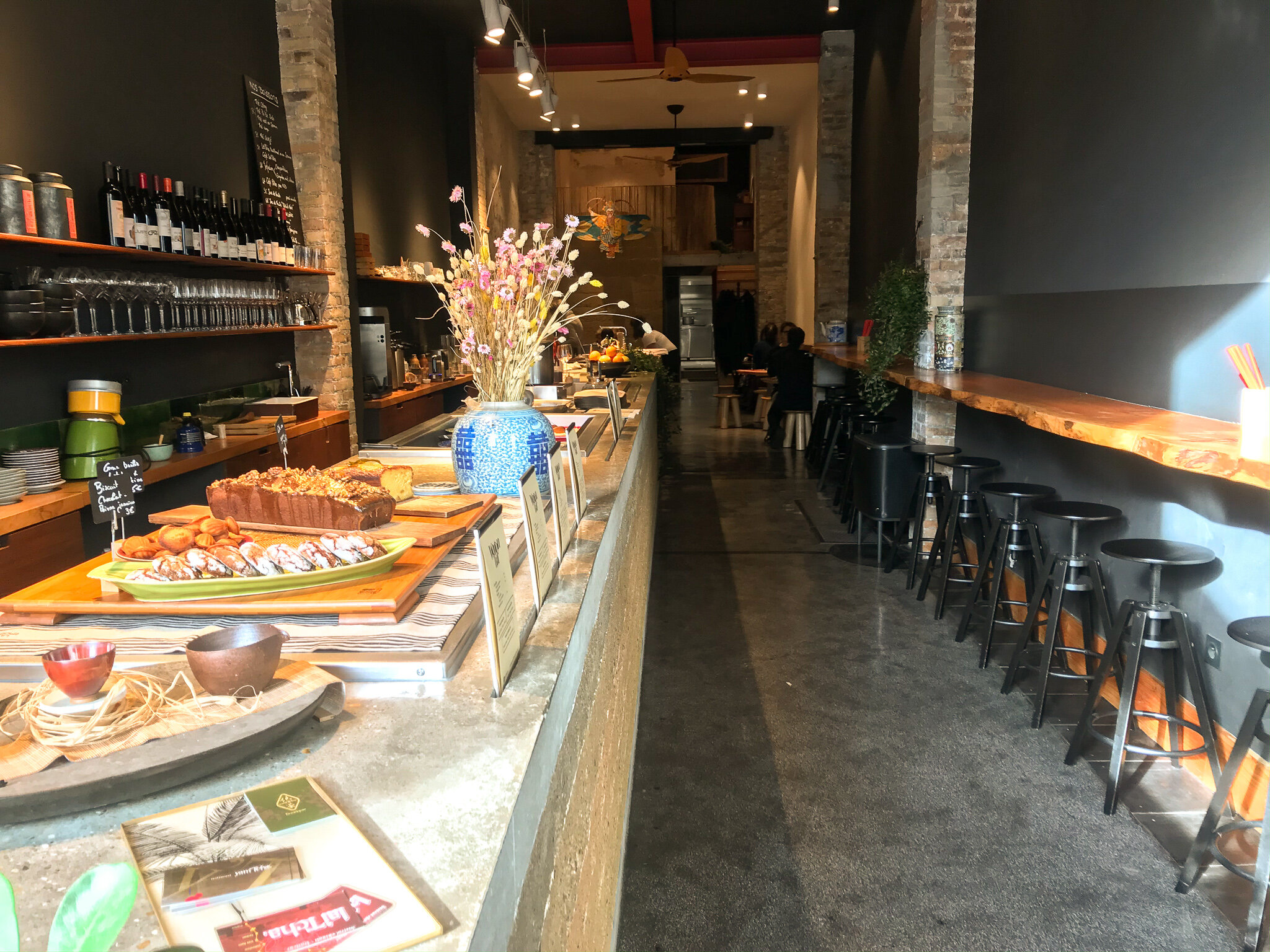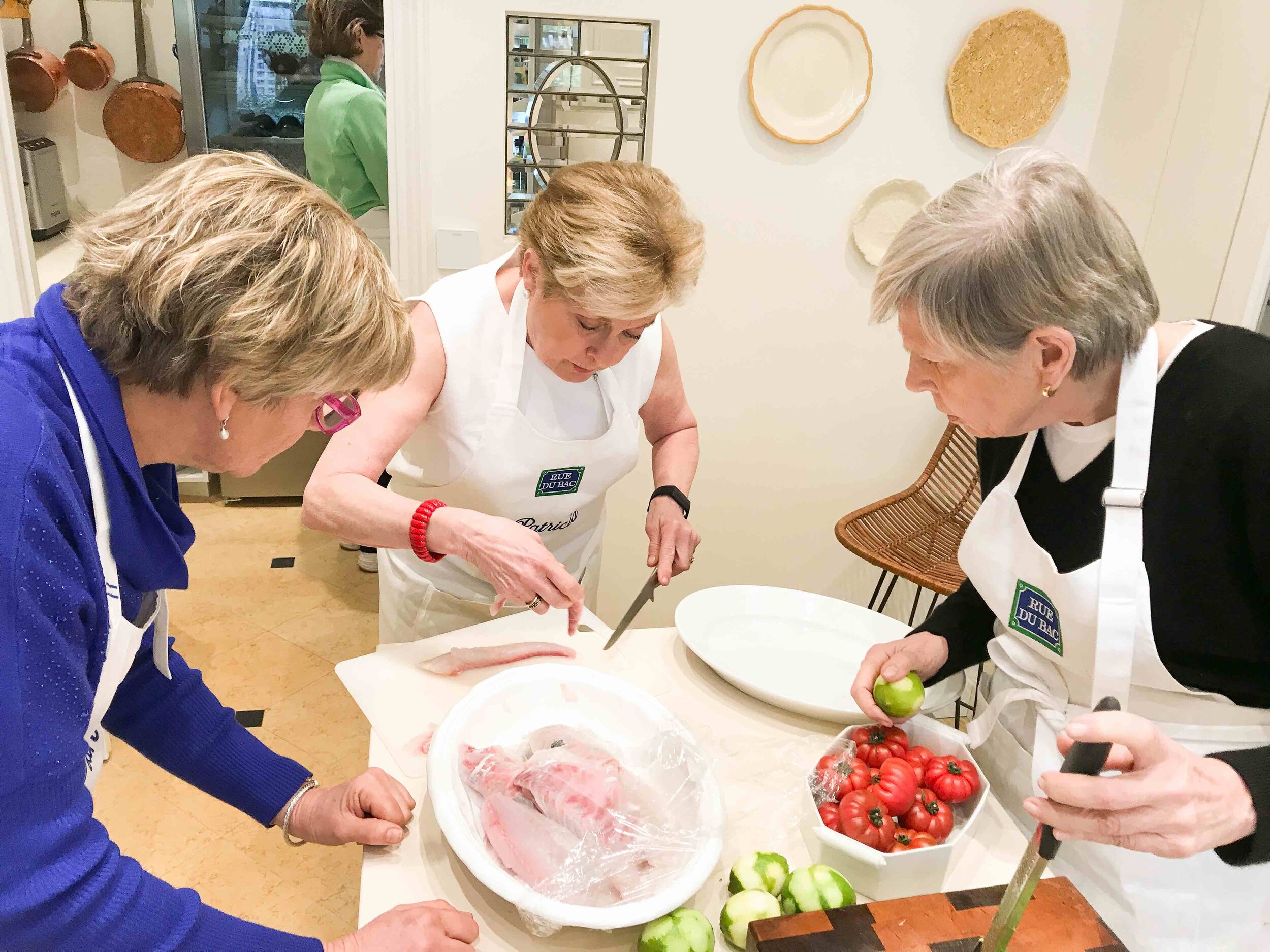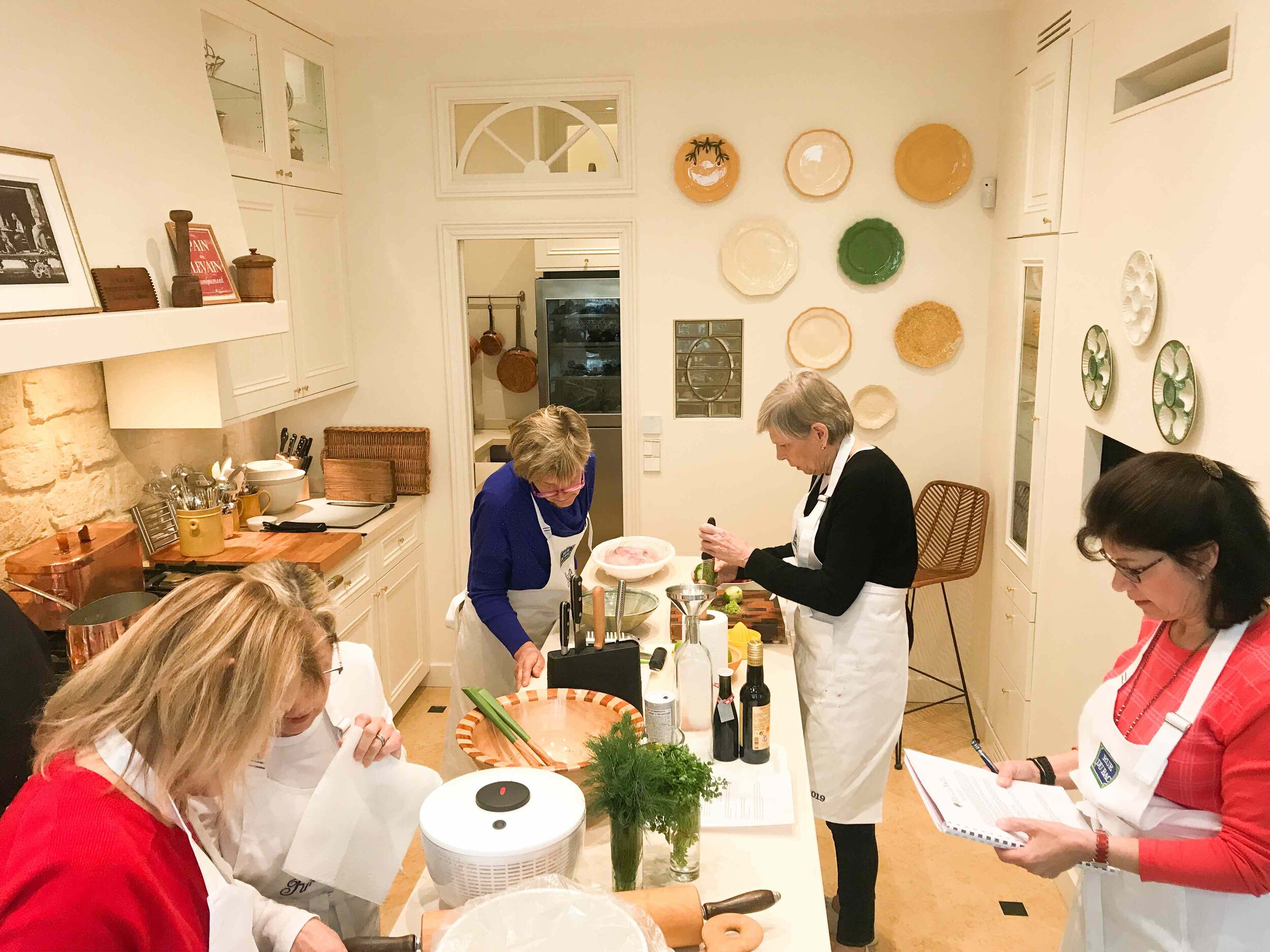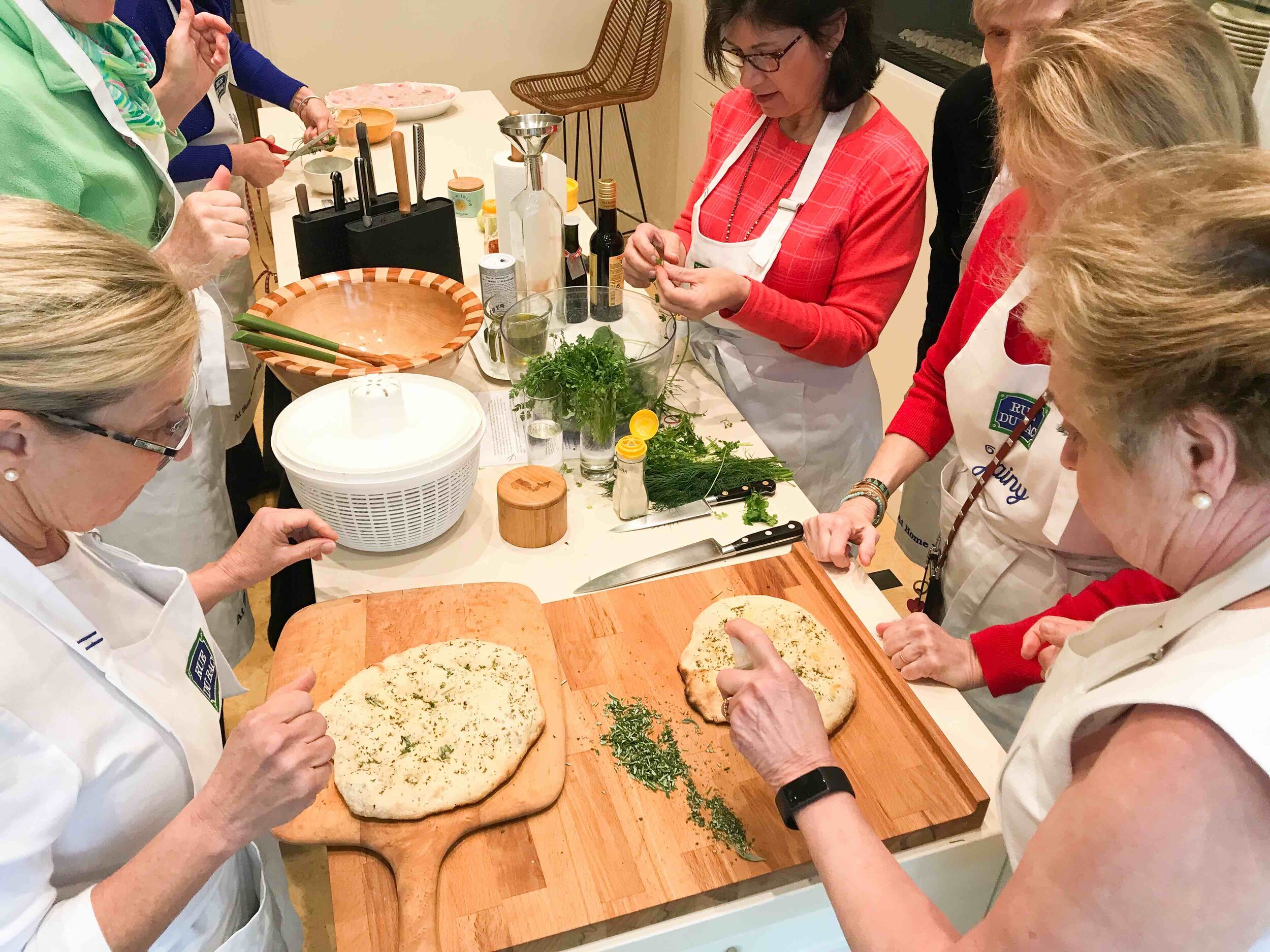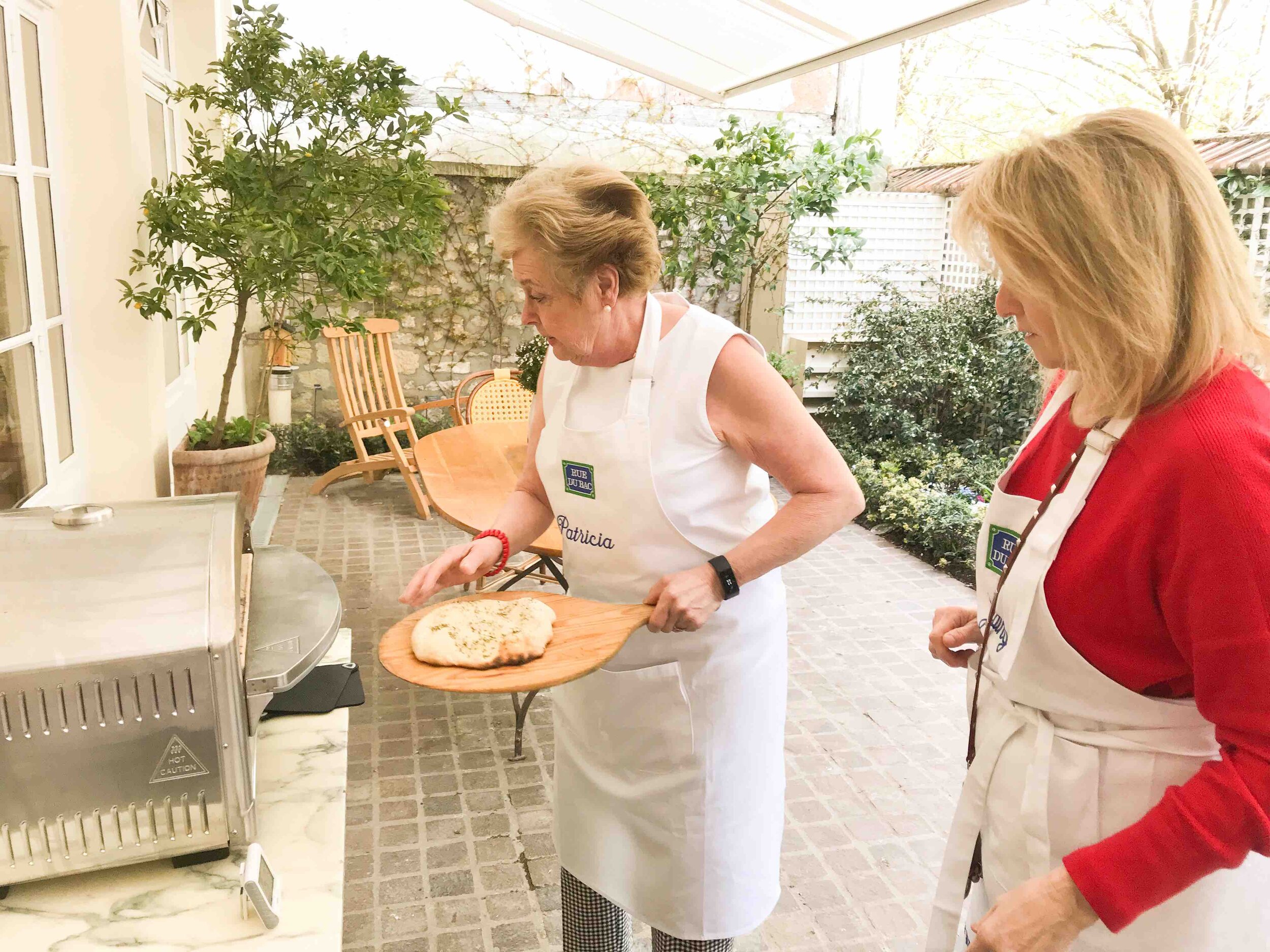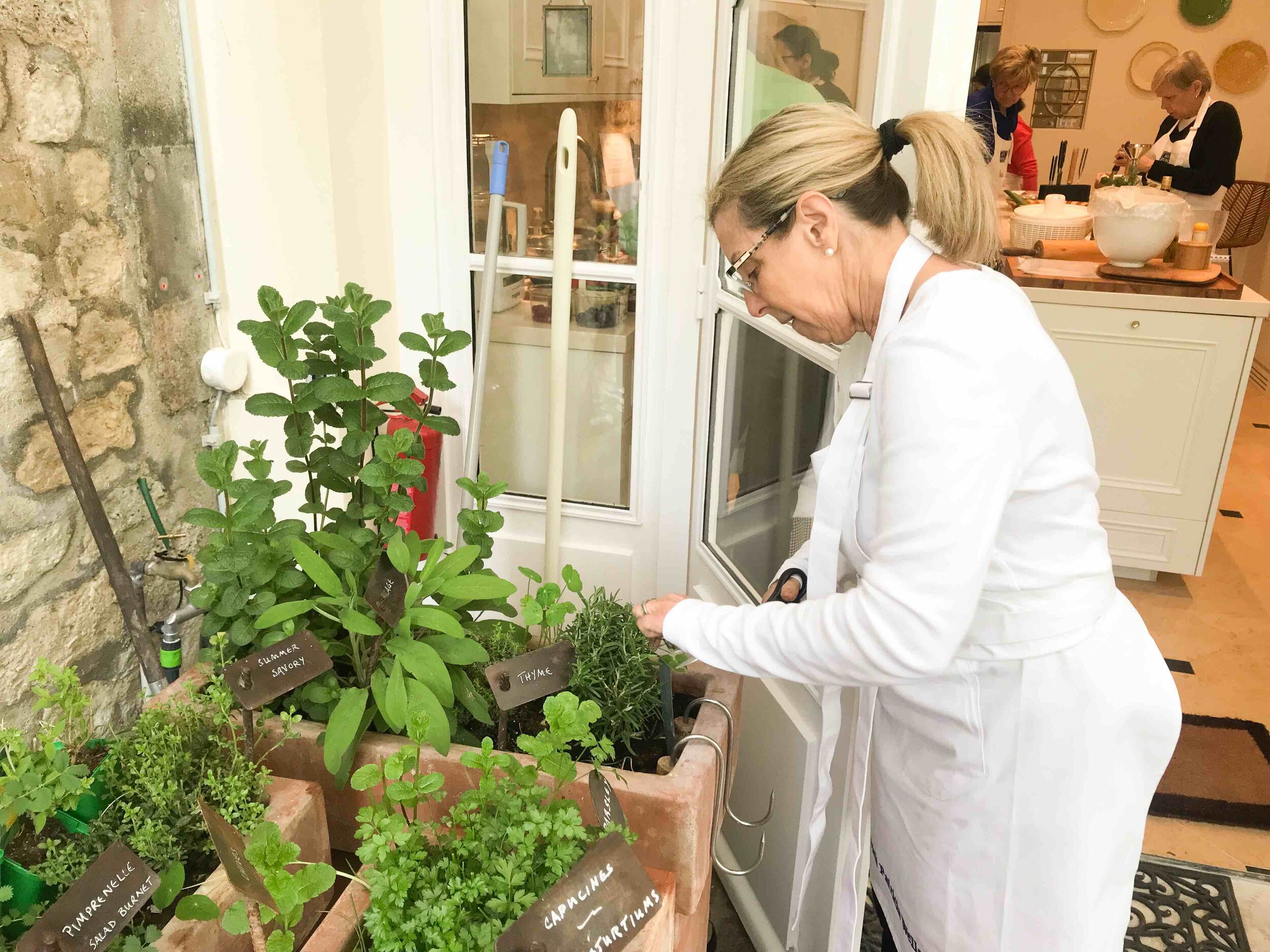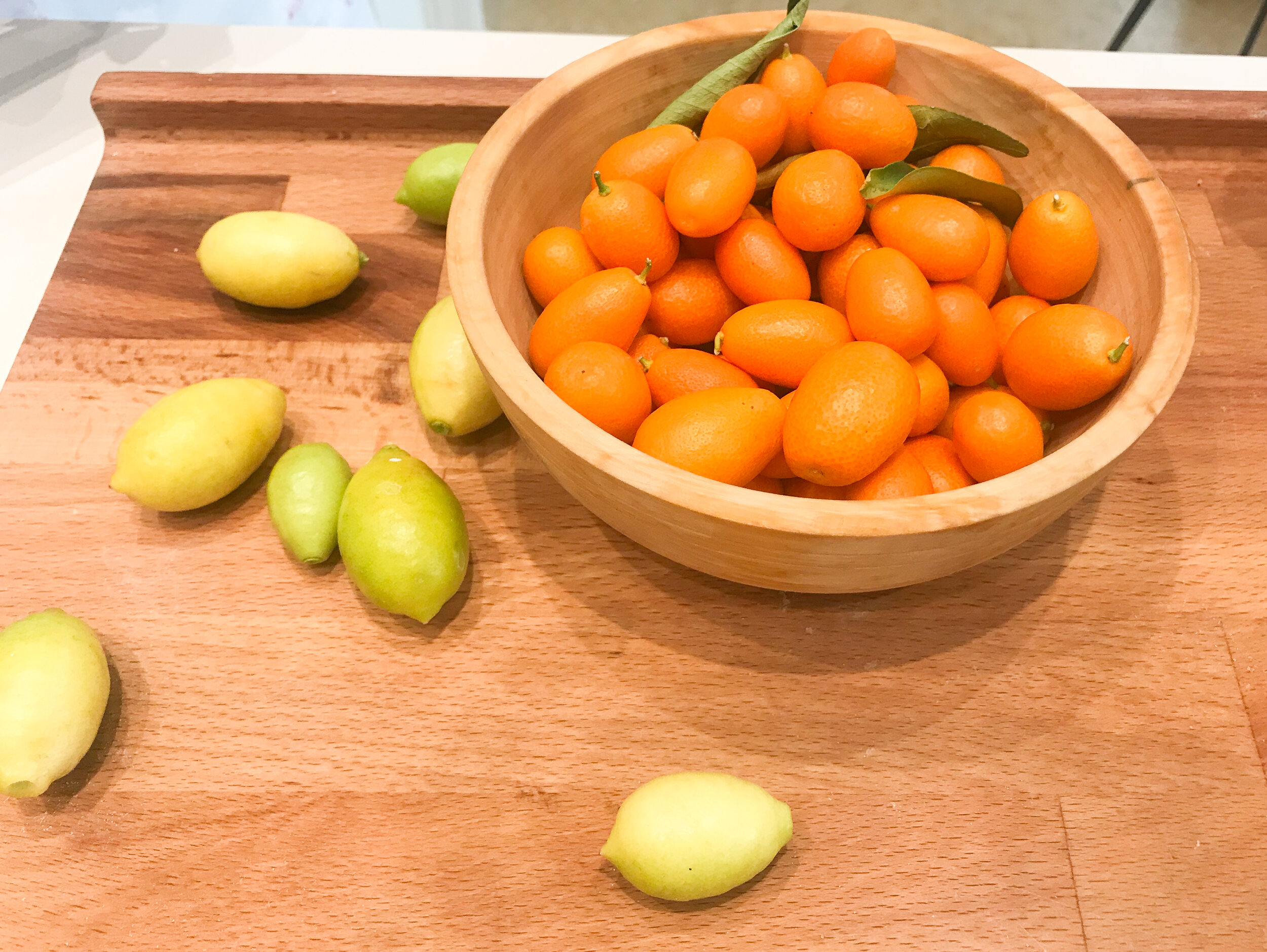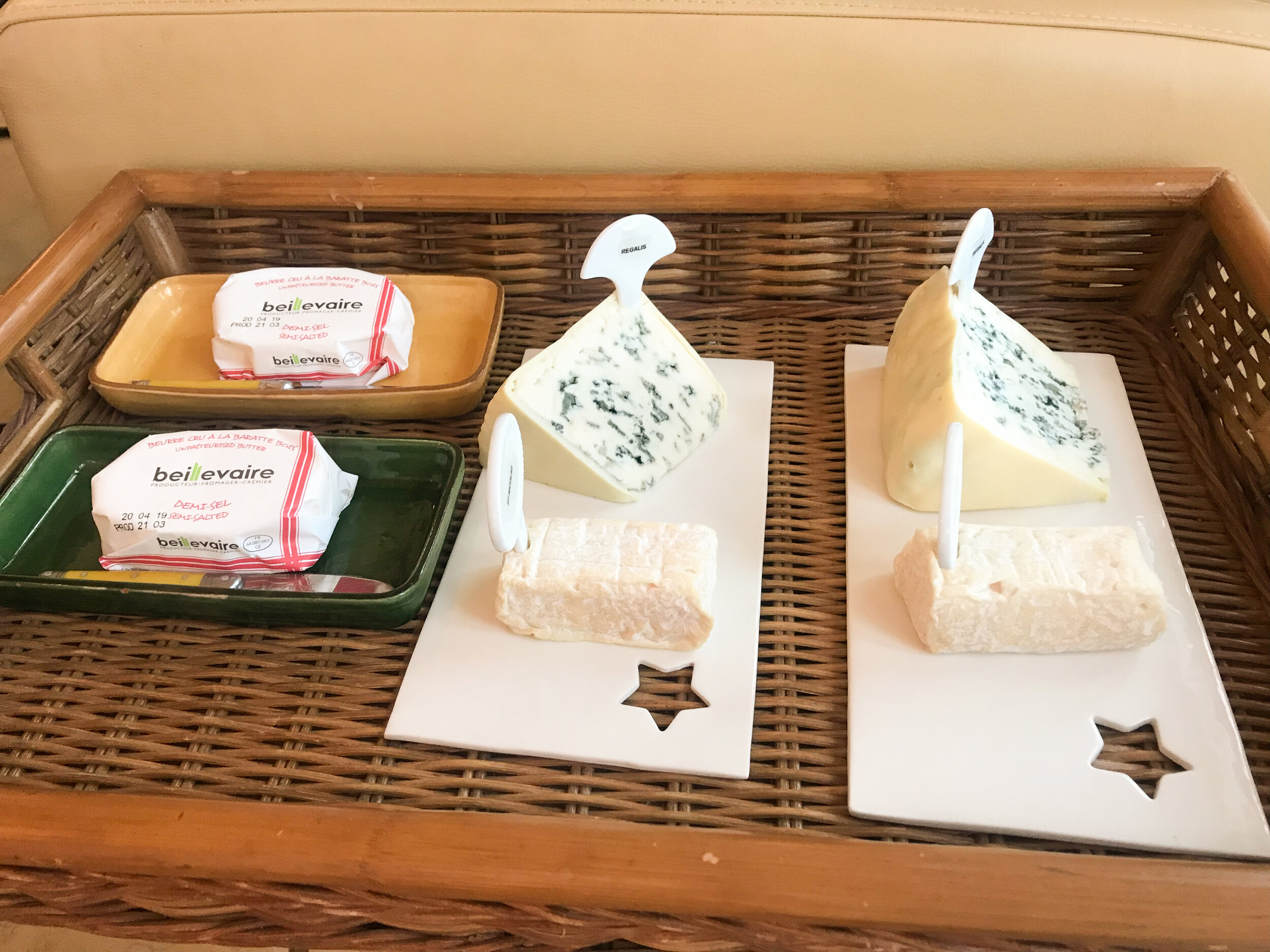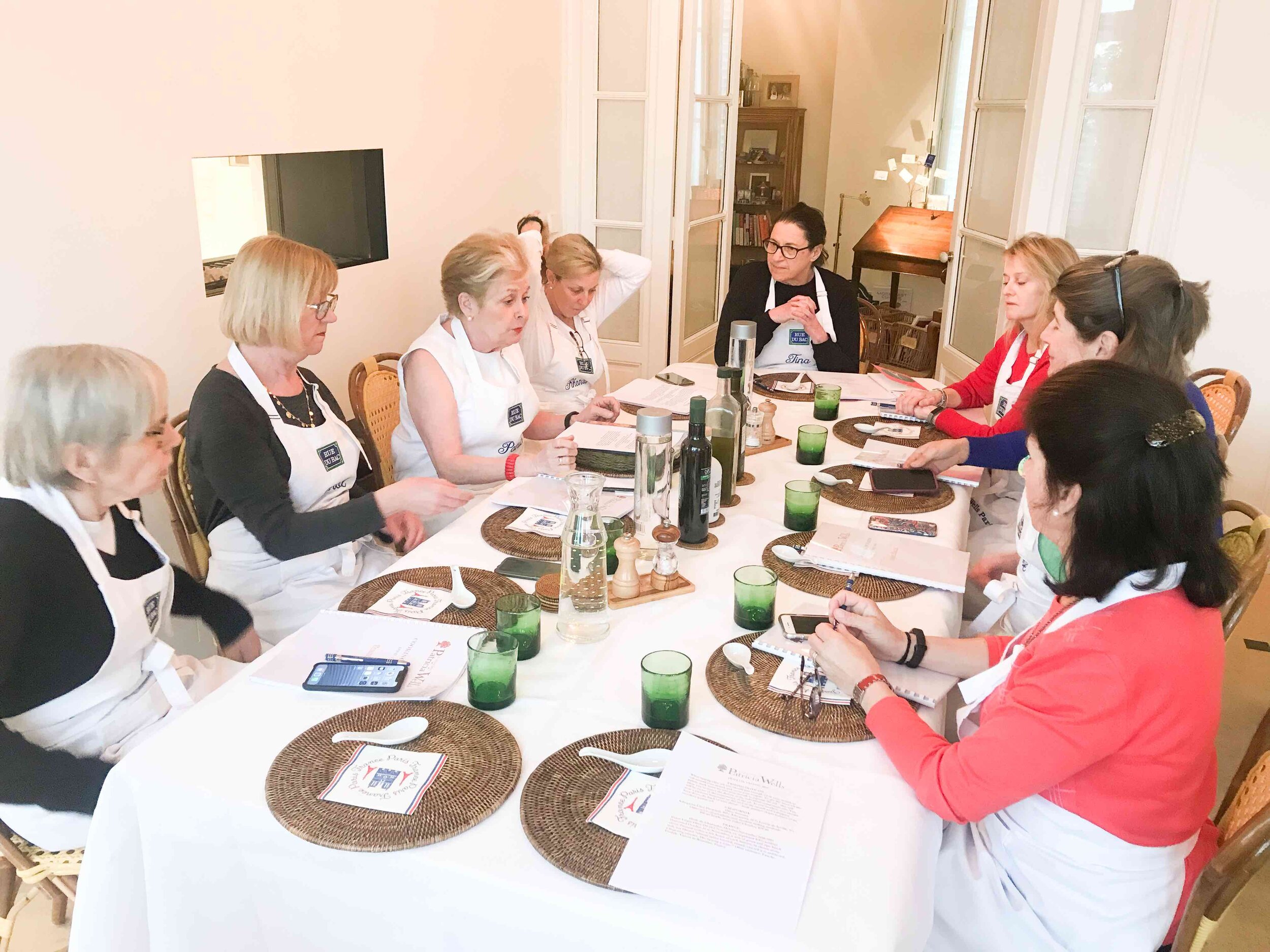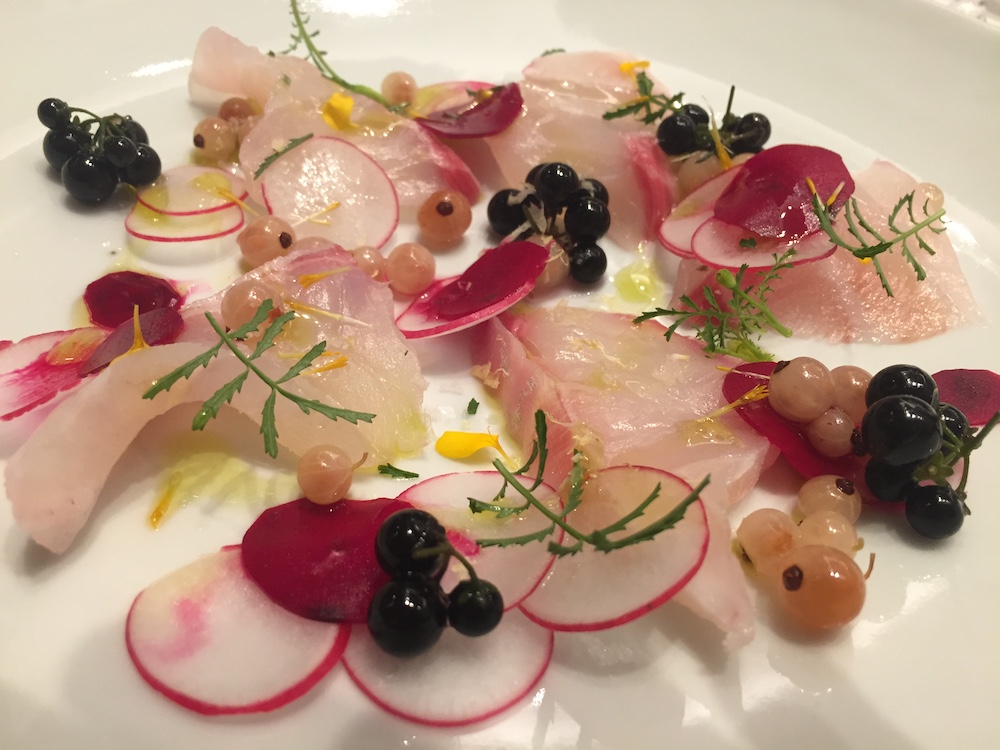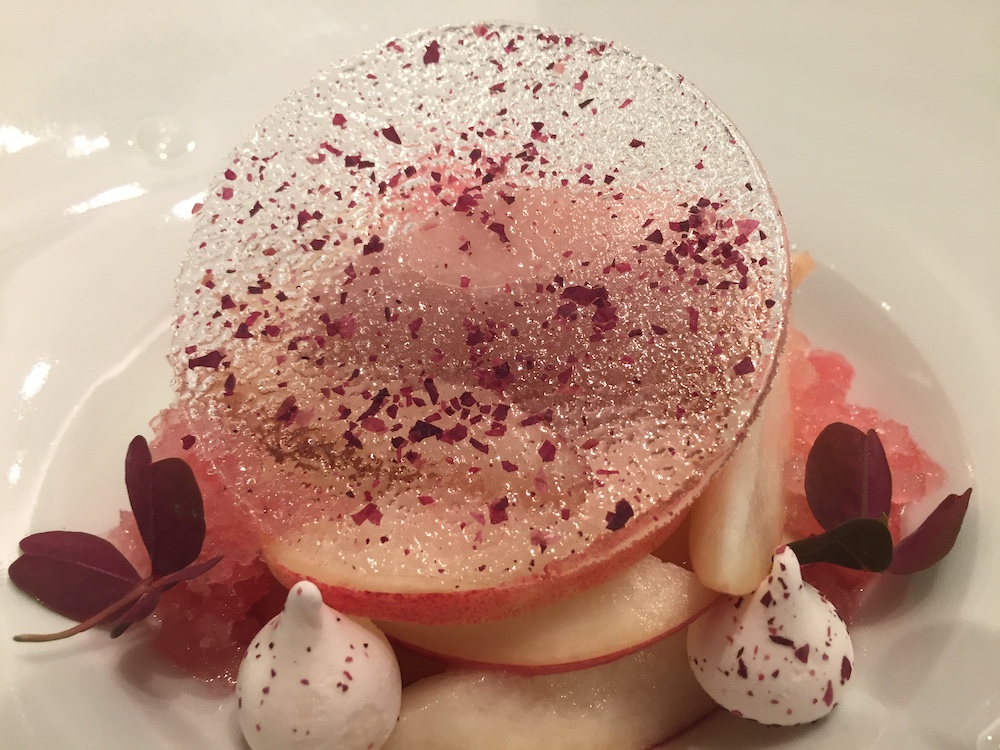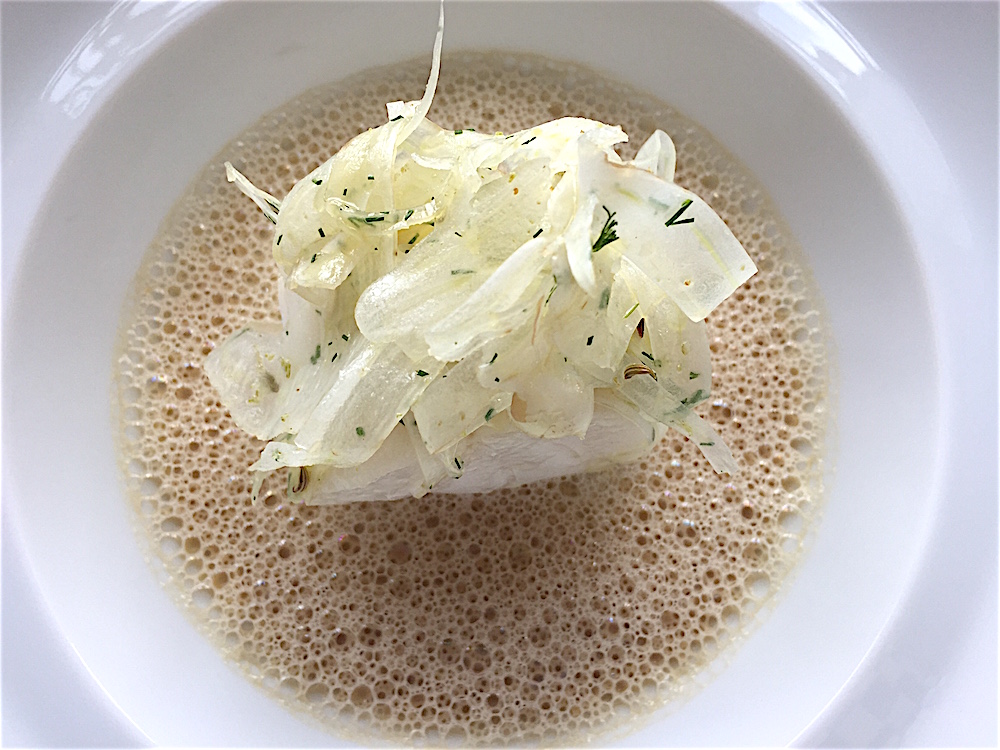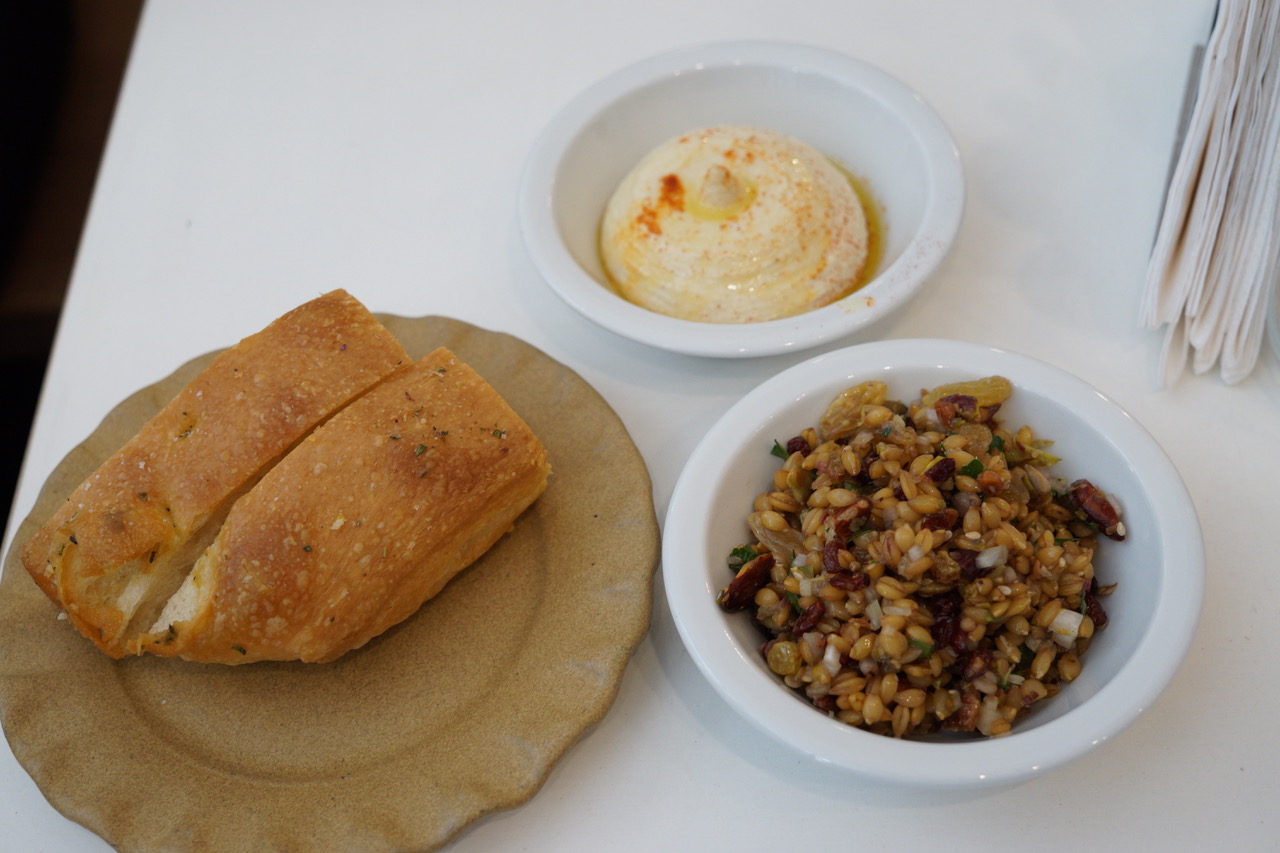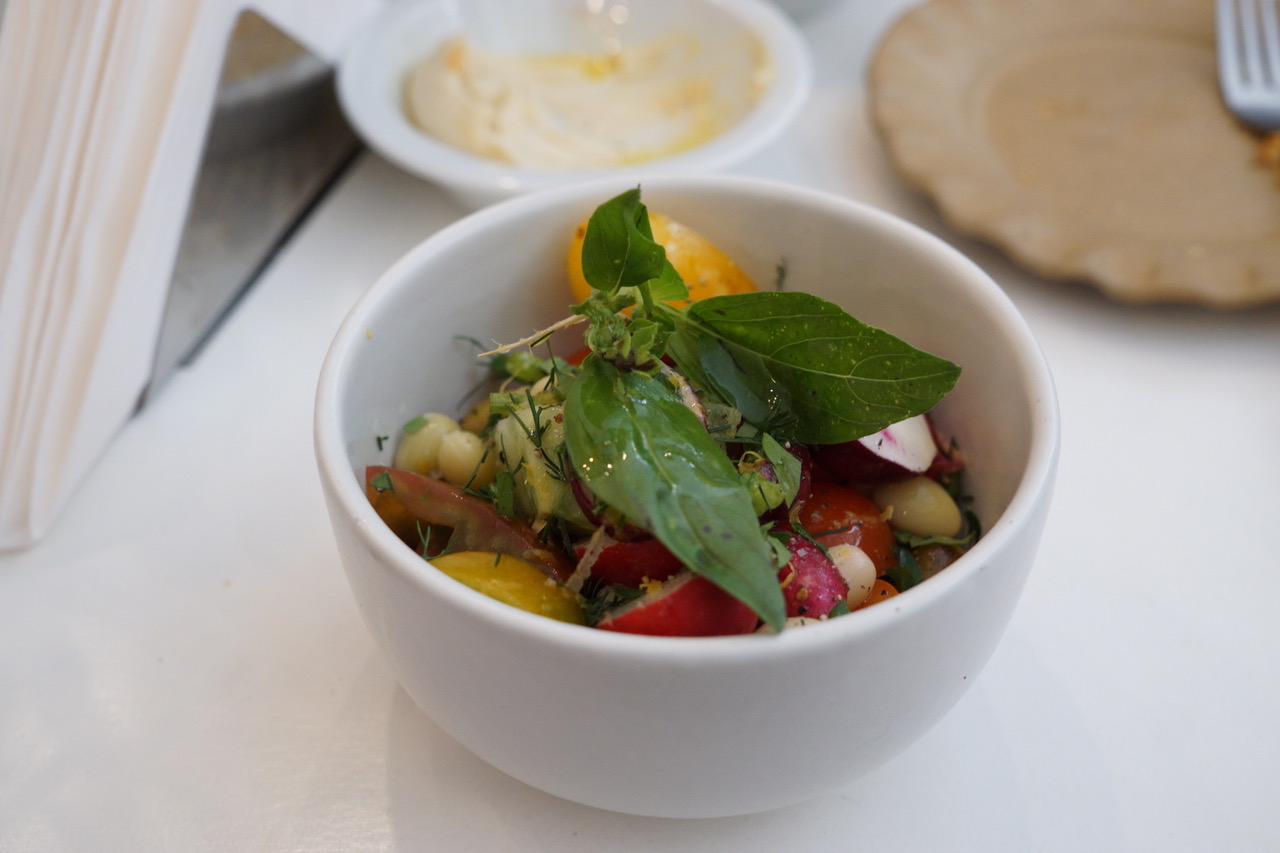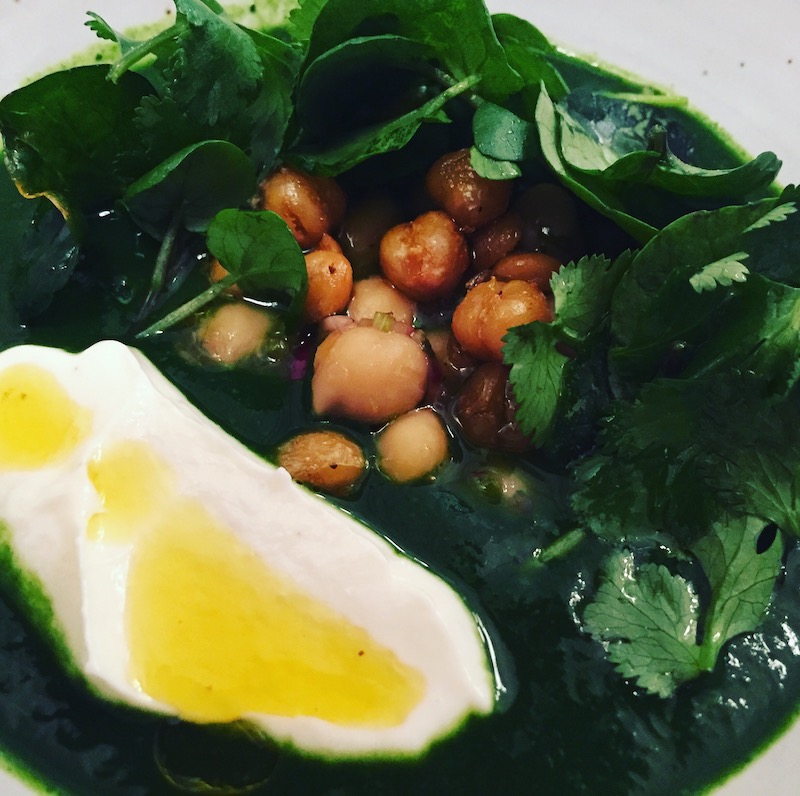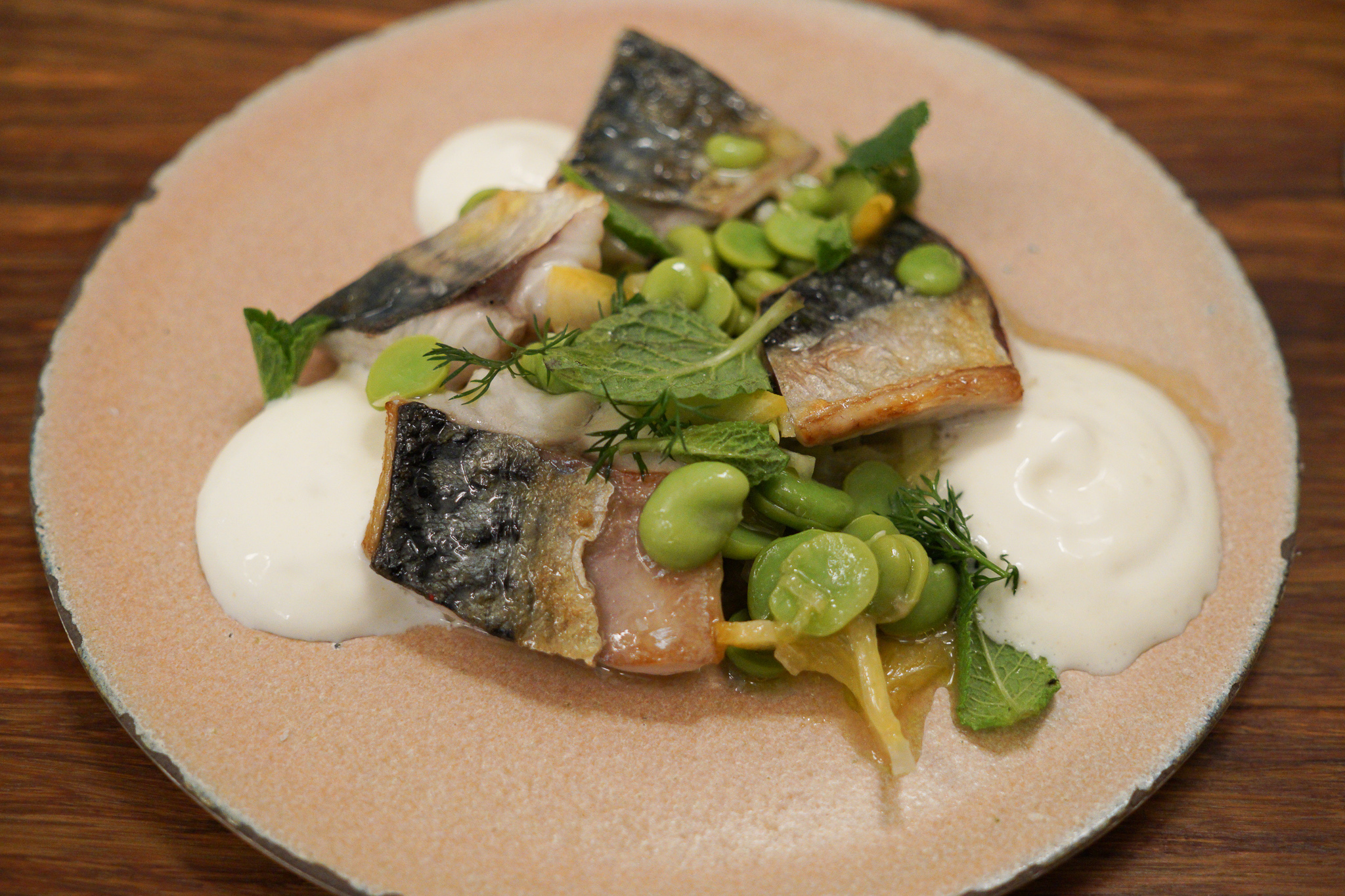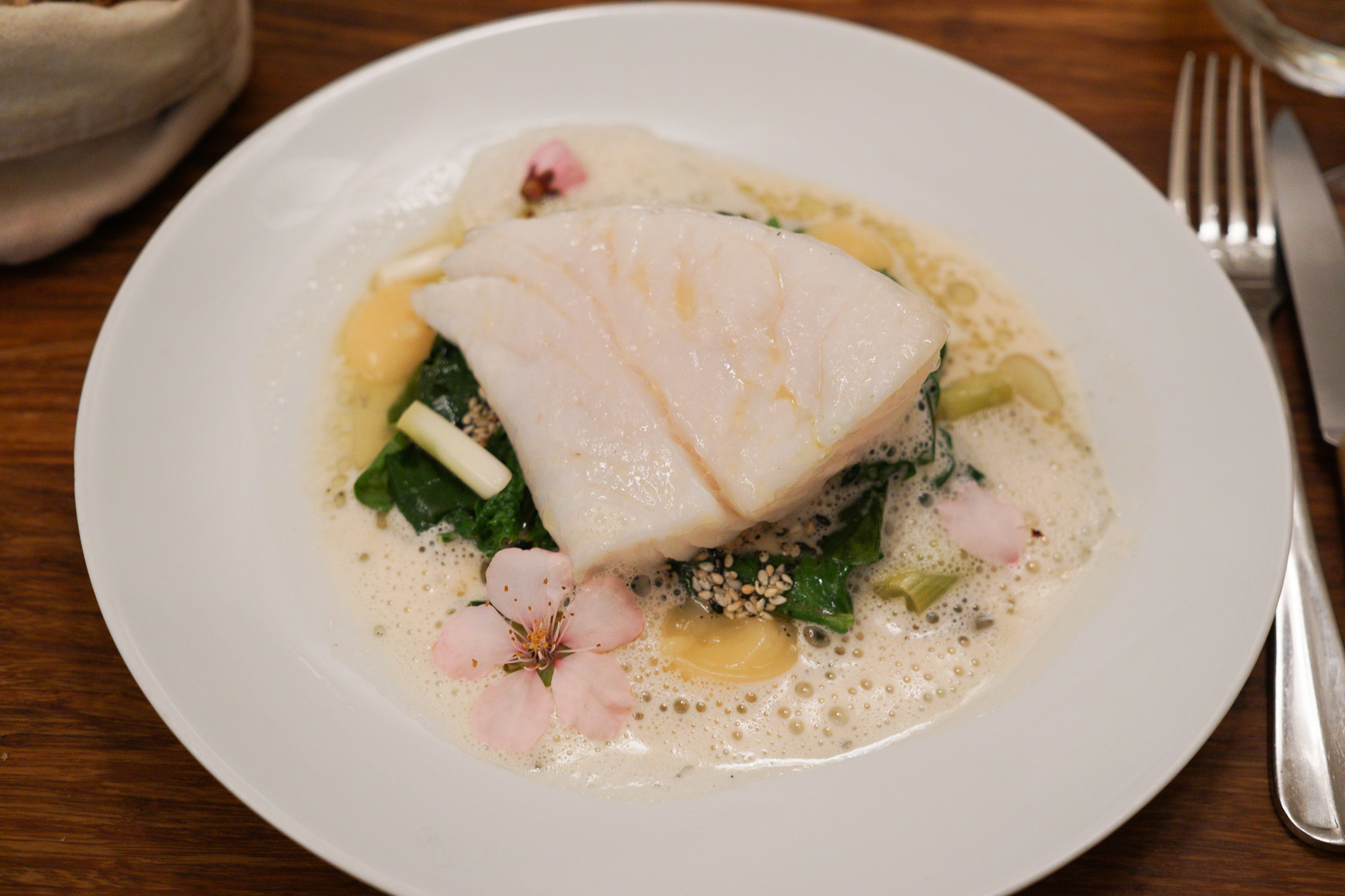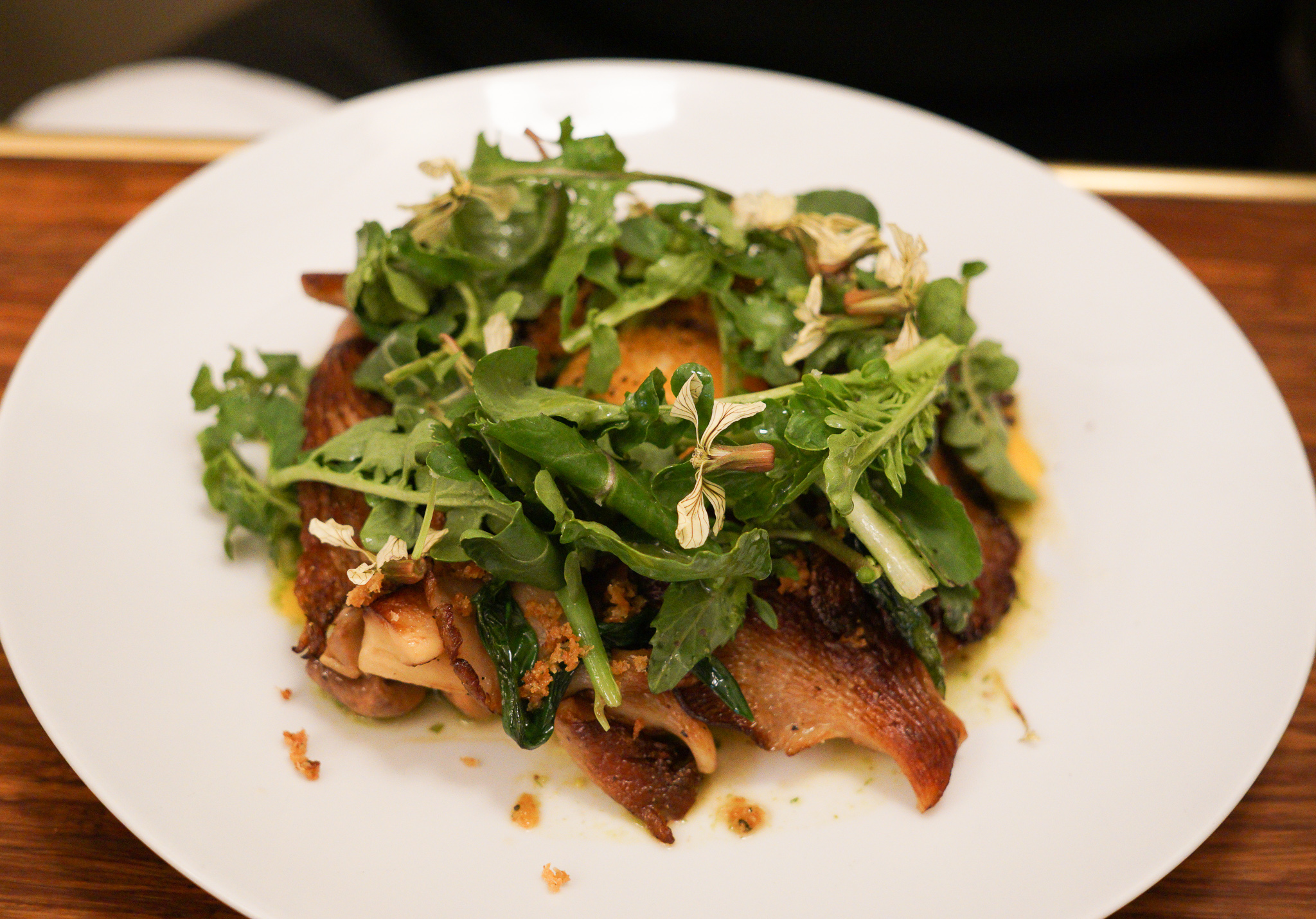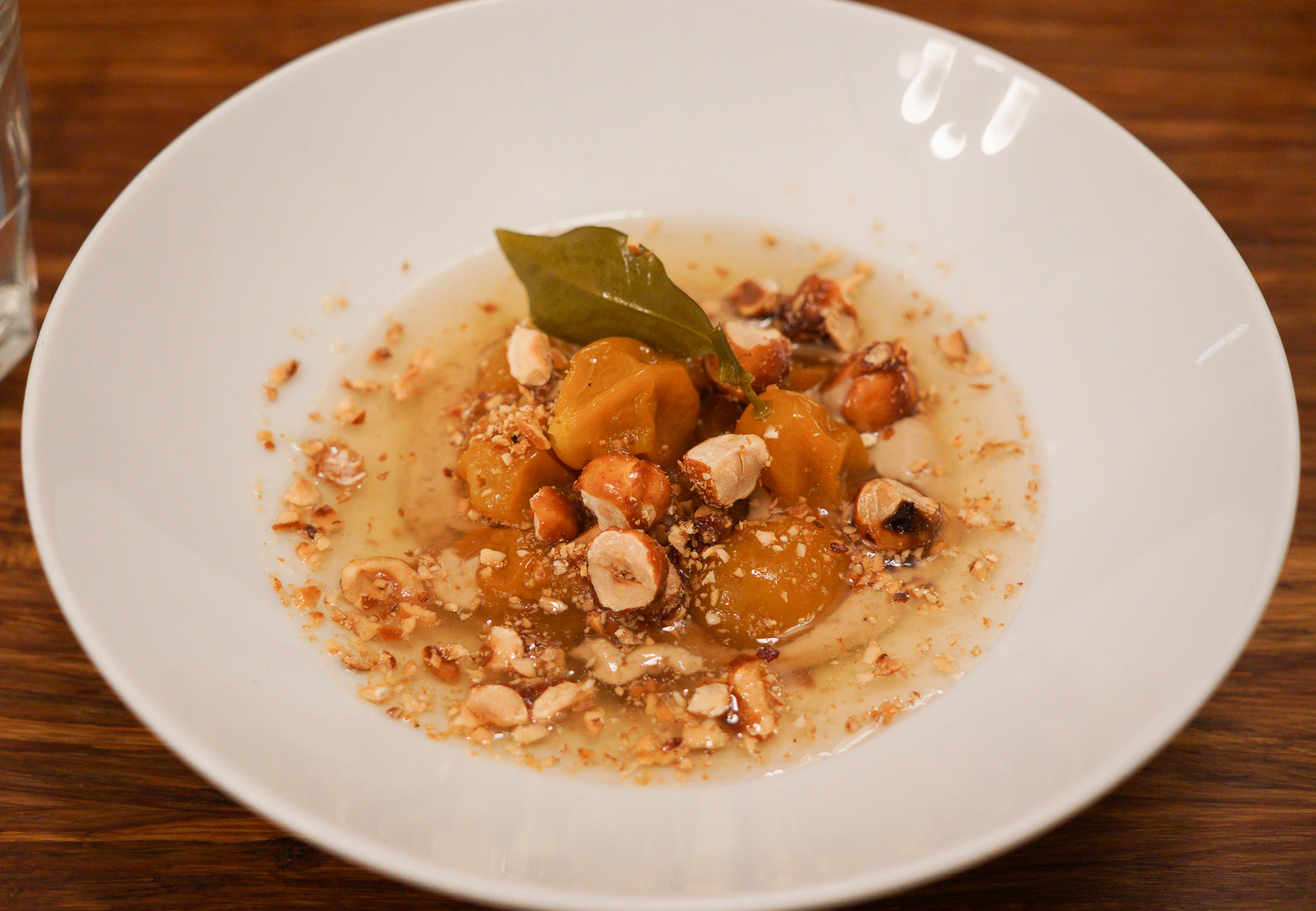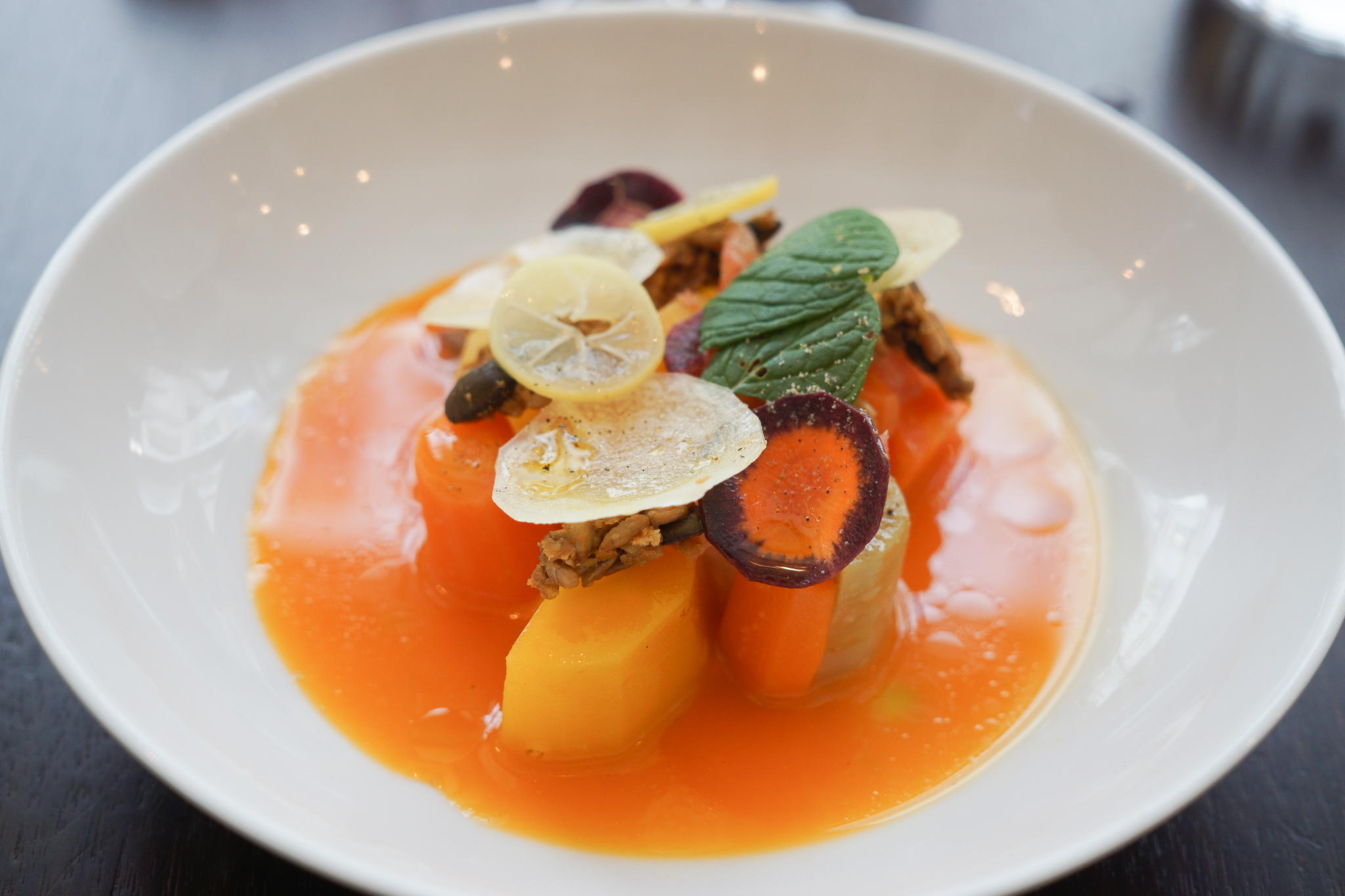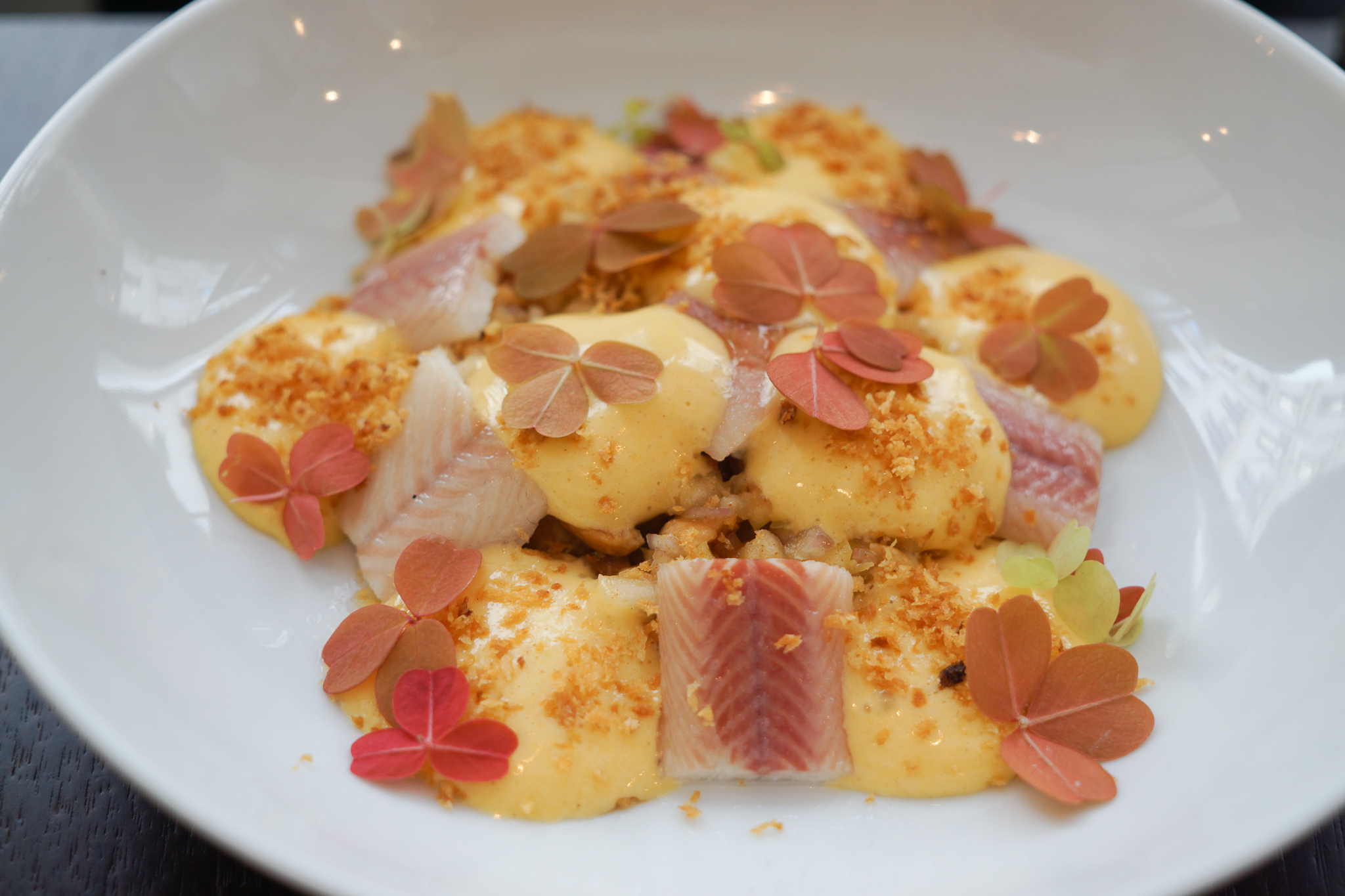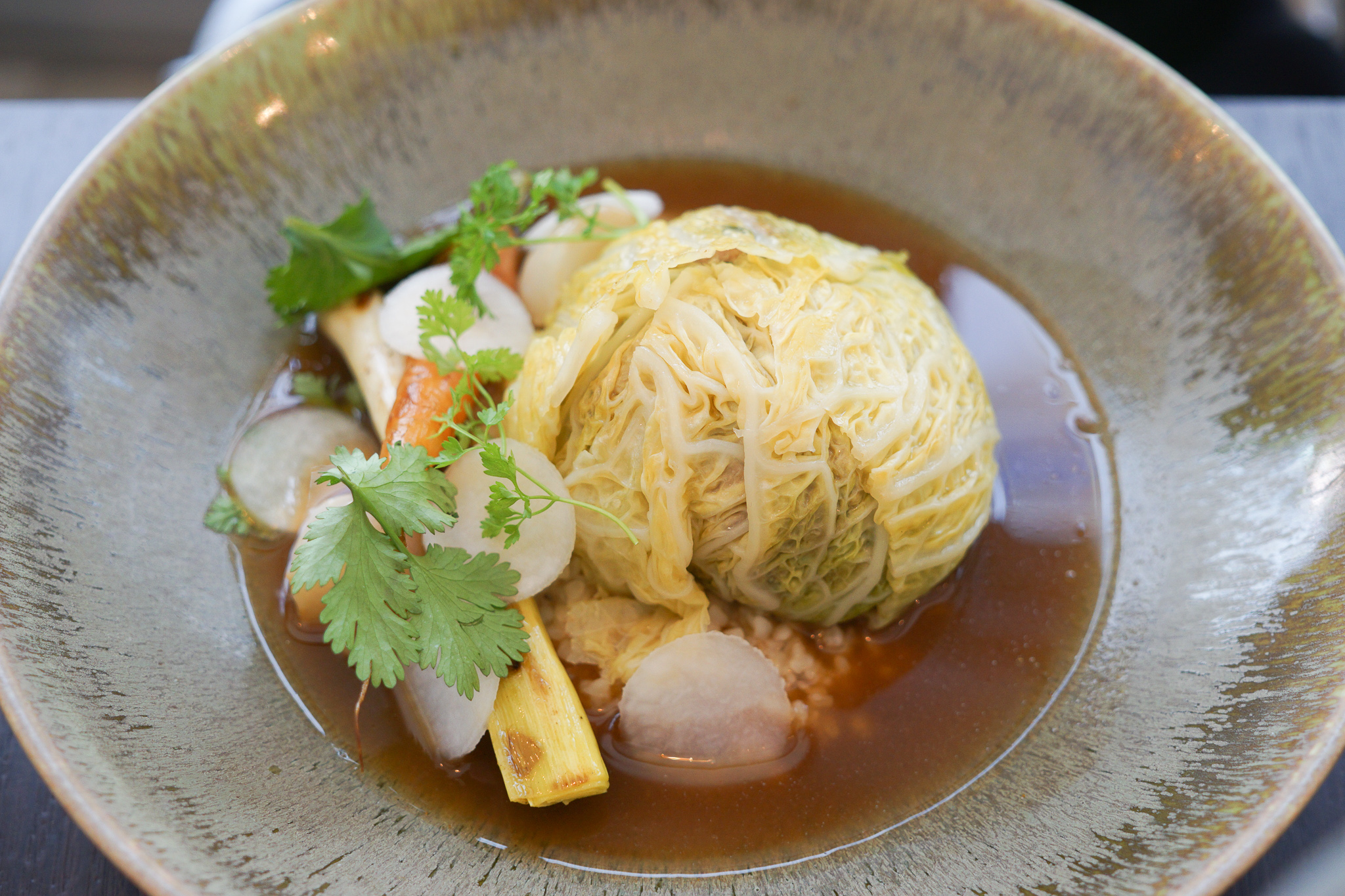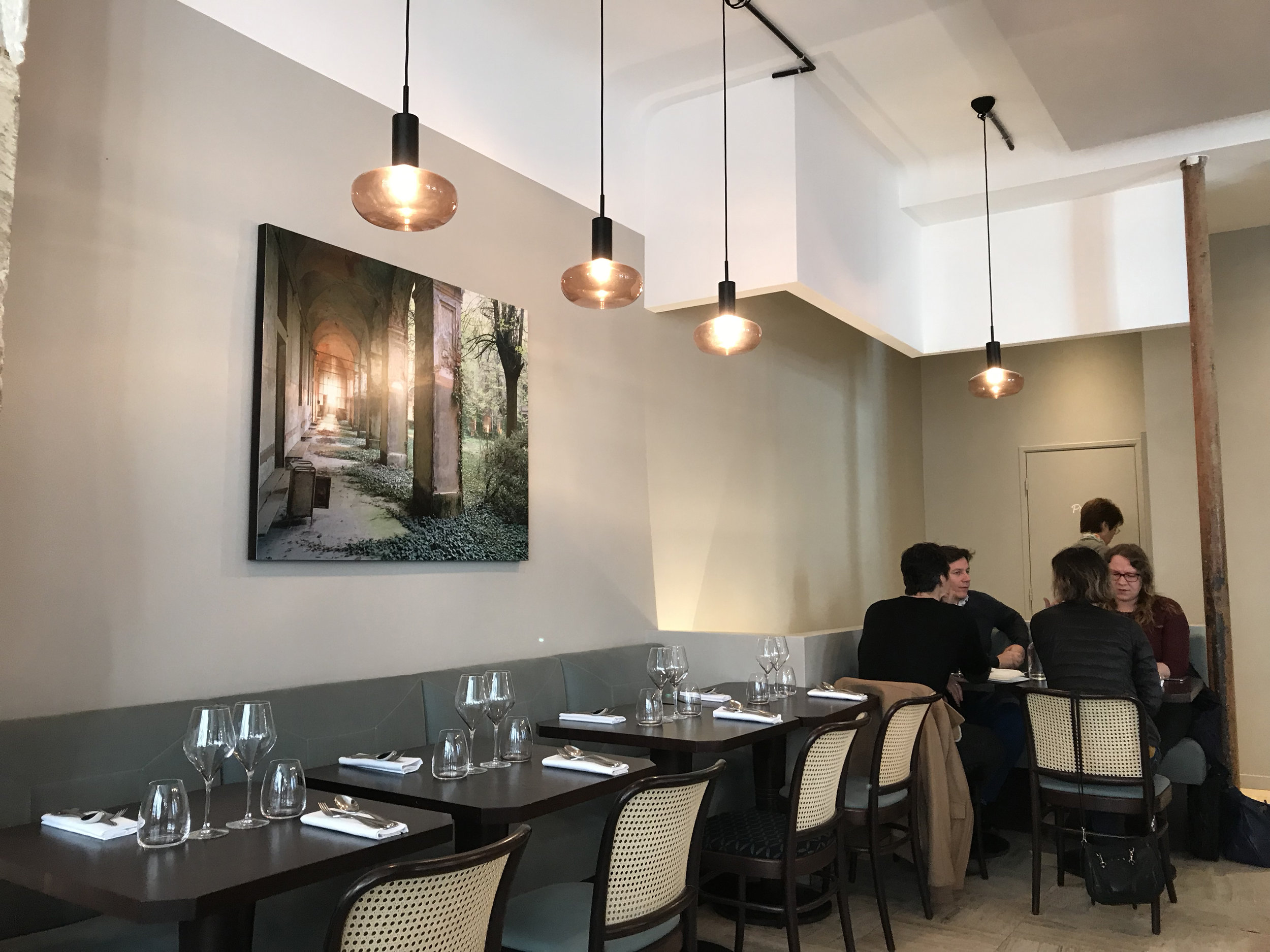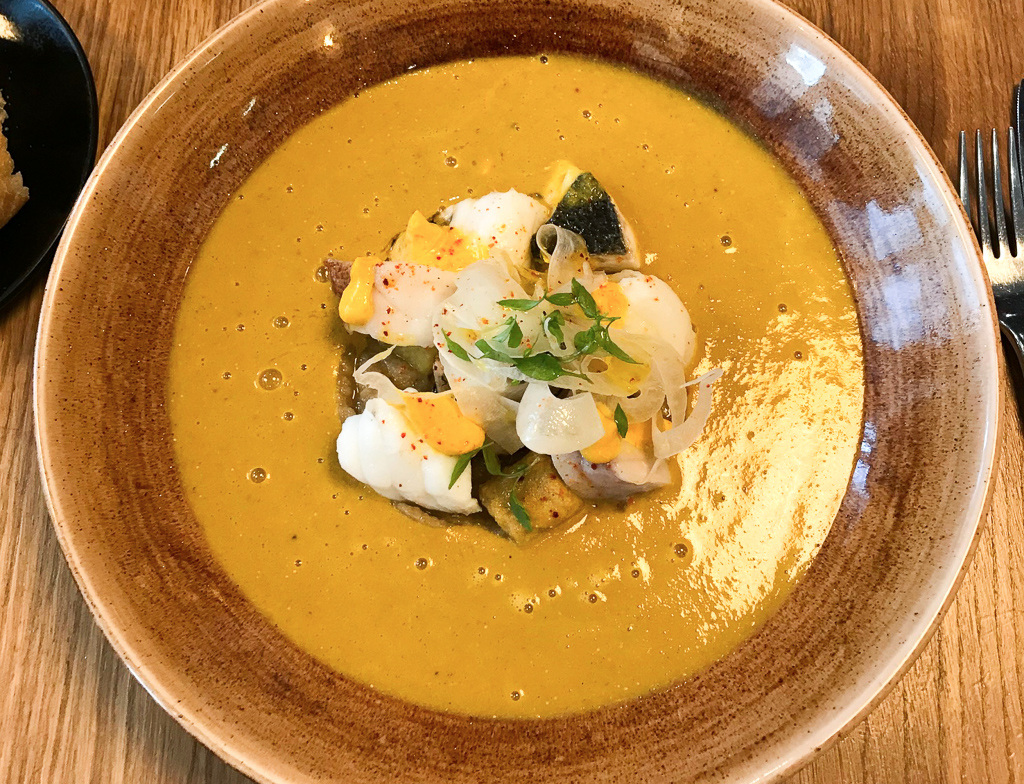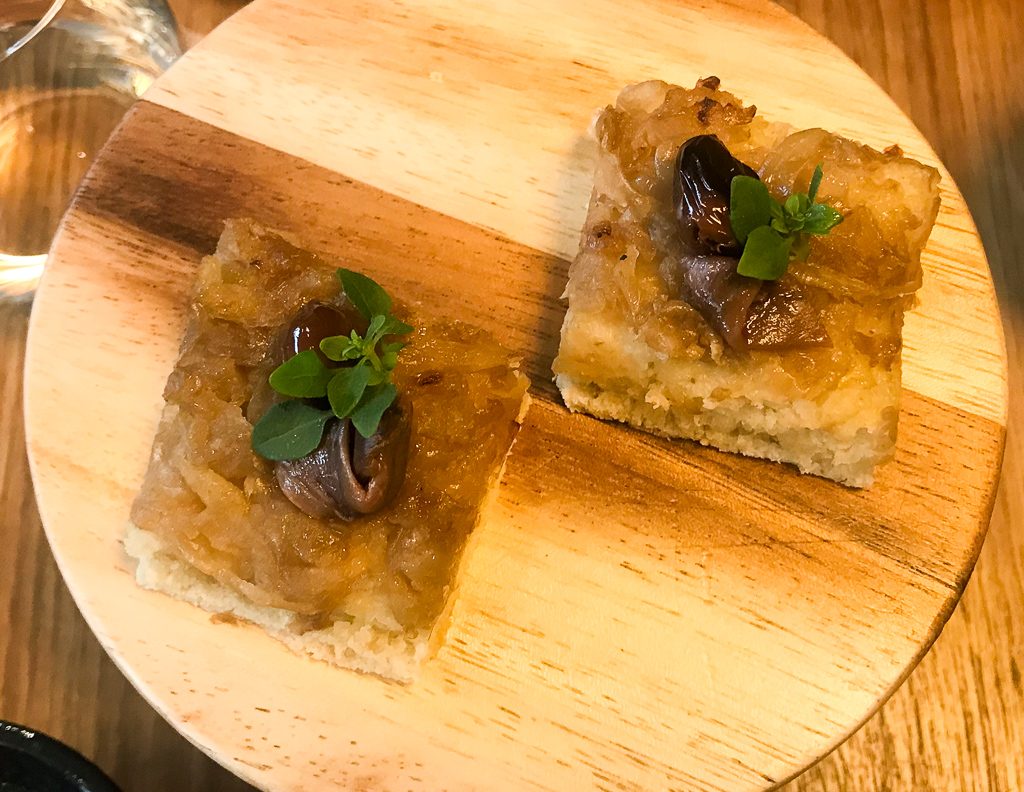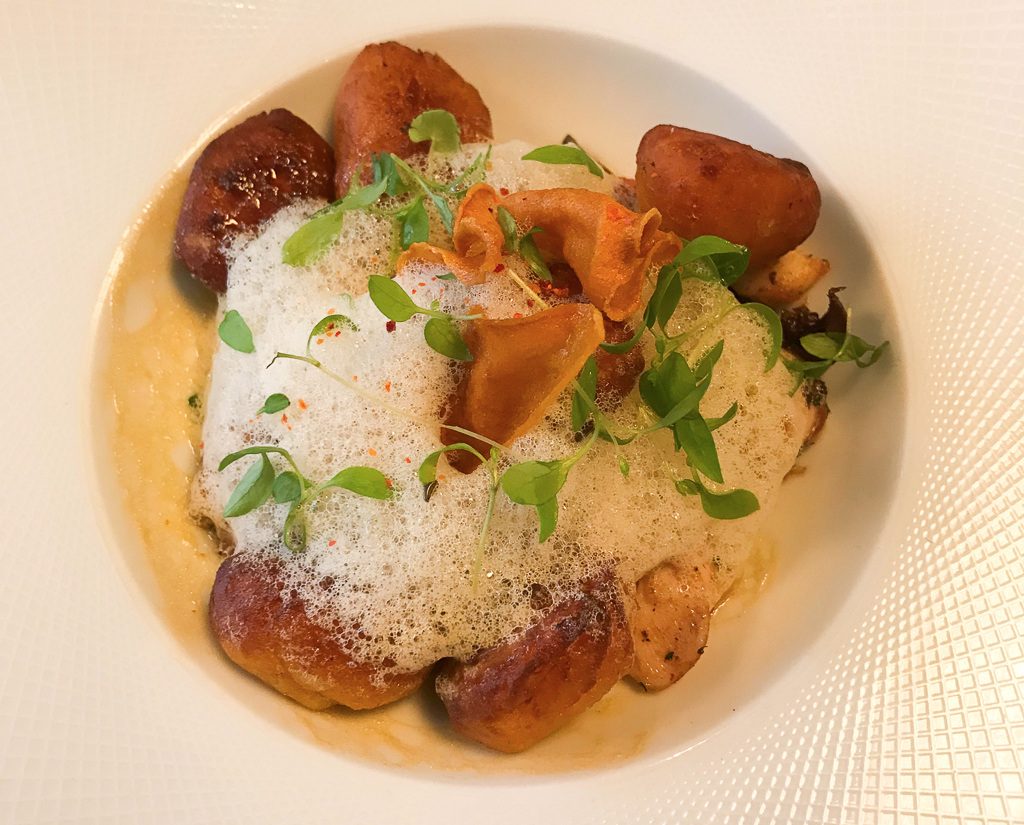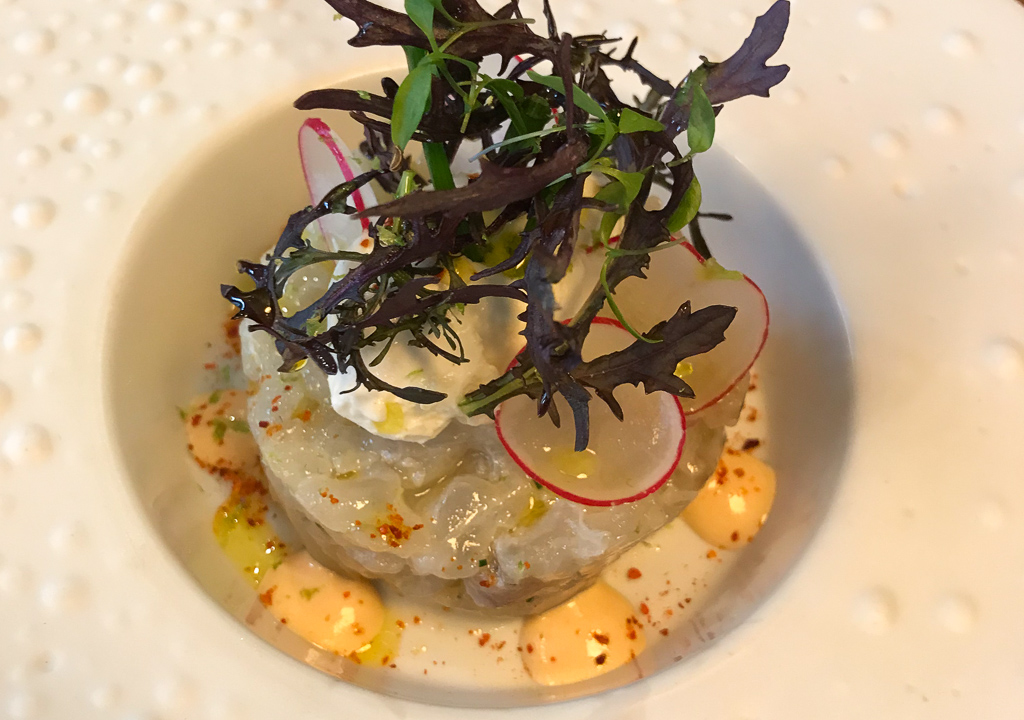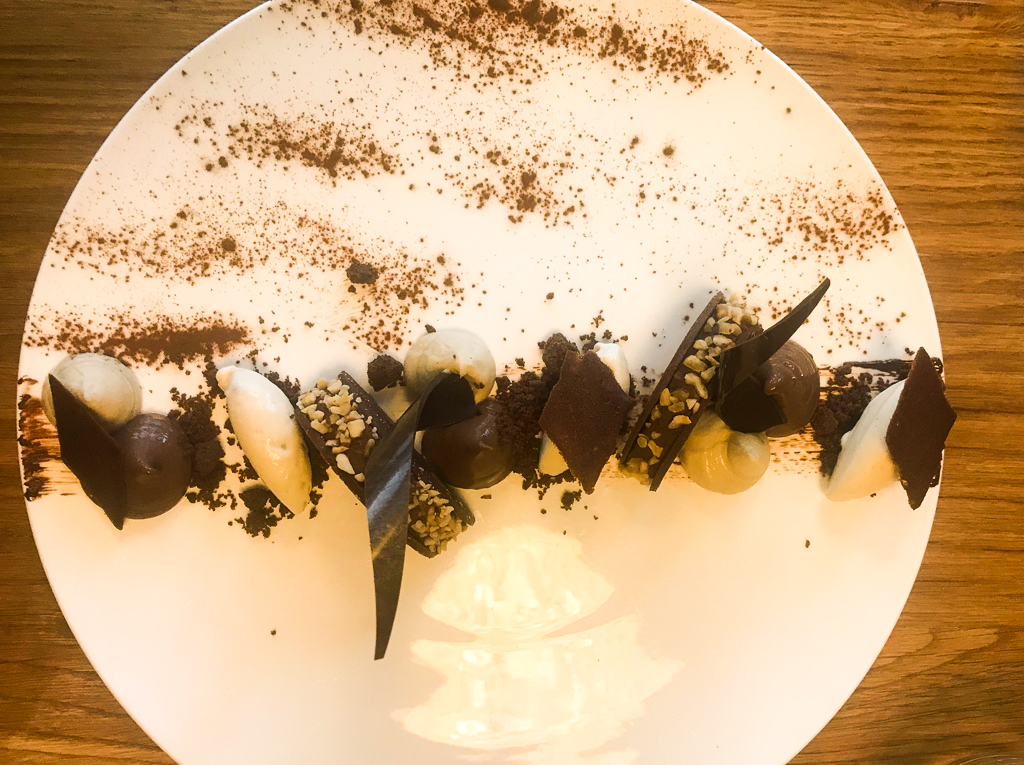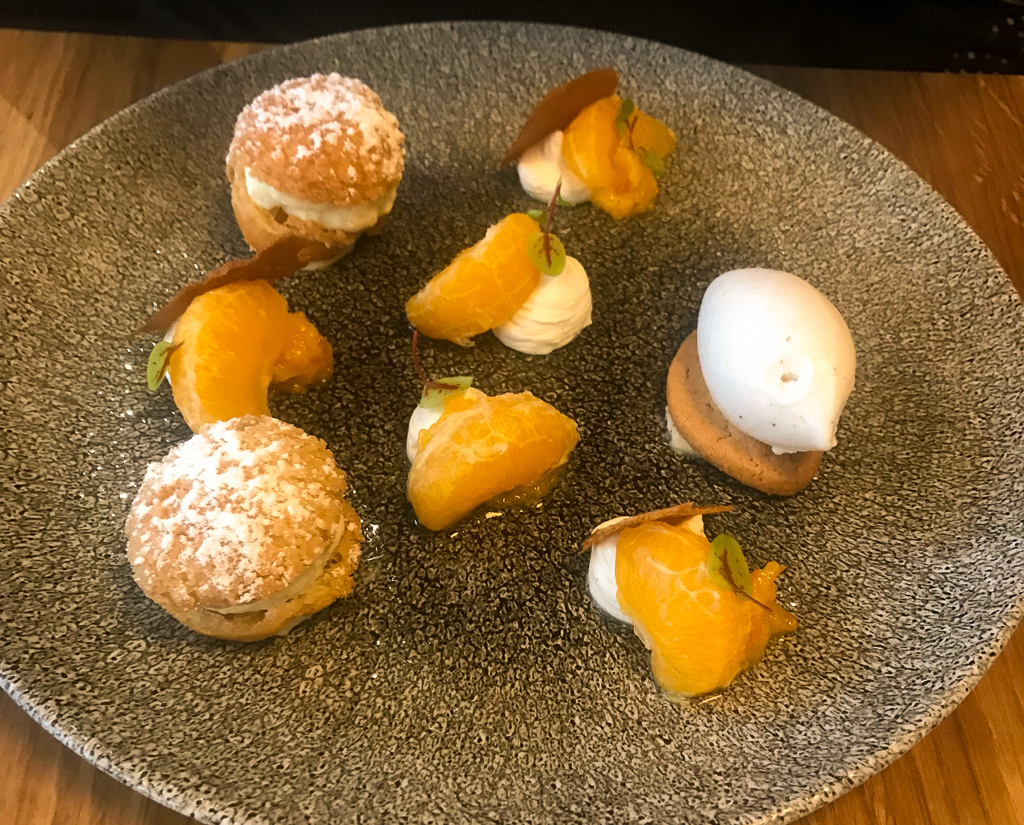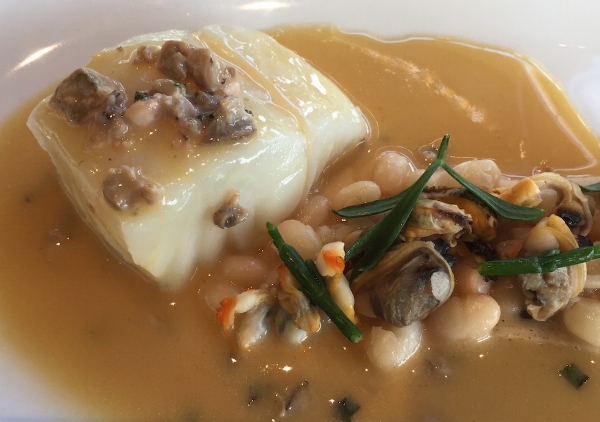There is no one single way to describe the ideal little Paris restaurant. But should I try to describe my ideal restaurant I would begin by saying it would be run by dedicated, experienced owners with a serious respect for fresh ingredients, a fine sense of wine, matched with extraordinary generosity and a shared spirit of joy. And this is exactly how I would characterize the always-cheery Pascal Barrière and his companion Céline La Corre who run the pint-sized, cozy, 22-seat Mercerie Mullot bistrot, hidden away in the charming Notre Dame de Champs neighborhood in the 6th arrondissement.
I first encountered Pascal years ago at the tiny the 14th arrondissement restaurant Jeu de Quilles. Today, at this happily miniscule, white-tablecloth bistro on rue Bréa, you feel as though you are invited to a well-orchestrated dinner party. Pascal is there in the open kitchen all alone, a culinary musician, joyfully concocting original creations all of his own, mostly super-fresh fish and shellfish, woven into tiny bites and presented on elegant pottery. Try the tasty slices of torched mackerel with a crab tartar. Or the amazing duo of lobster and langoustines bathed in a coulis of carabineros, the outrageously delicious red shrimp from Portugal. Everything here is always pure, fresh, simple. Perhaps best of all is when Céline arrives with a tiny plate of irresistible, savory gambas de Palamós, from the Costa Brava in Spain. The little red crustaceans are a treasure, full-flavored, with just the right amount of crunch, and here served with an ingenious tarama of sea urchin. There’s also perfectly cooked octopus accompanied by a favorite pasta, the tiny Sardinian fregola: as well as a Normandy oyster ceviche paired with crunchy bursts of cédrat, the giant, golden citrus.
And what could be bad about finishing off a meal with an irresistible blend of meringue, chocolate, and pistachios?
My only disappointment here was a ravioli of beef cheeks, surrounded by a very ordinary pasta. But all is forgiven!
There is no à la carte menu at Mercerie Mullot, just a chance to sample 4 to 6 of Pascal’s creations of the moment as a fixed menu. The wine list is excellent, with some fine offerings from the Loire, Burgundy, and the Rhône, including Fanny Sabre’s welcoming 2018 Meursault.
MERCERIE MULLOT | Fish & Shellfish Bistro | 19 rue Bréa | Paris 6 | Tel: +33 1 43 26 08 06 | Métro: Notre-Dame-des-Champs | Open Tuesday to Saturday. Closed Sunday and Monday | 38€ lunch menu and 65€ dinner menu | Reservations recommended | Atmosphere: Smart Casual


